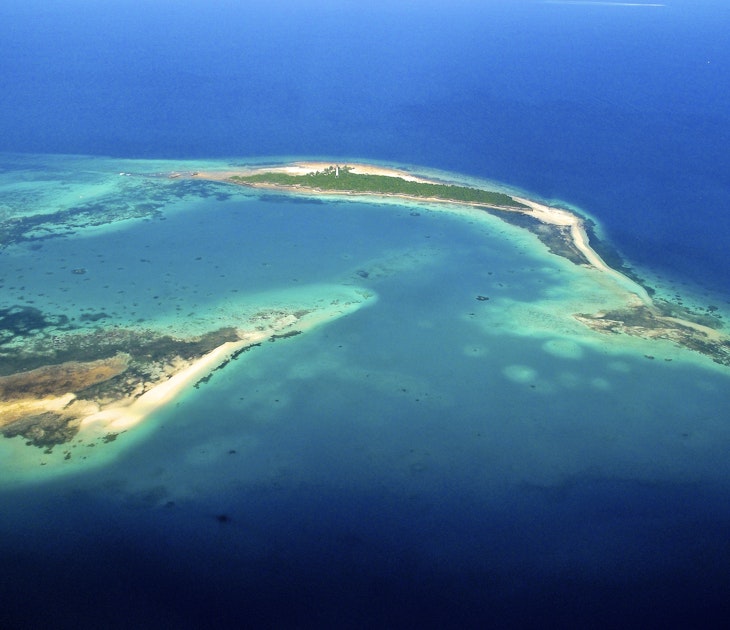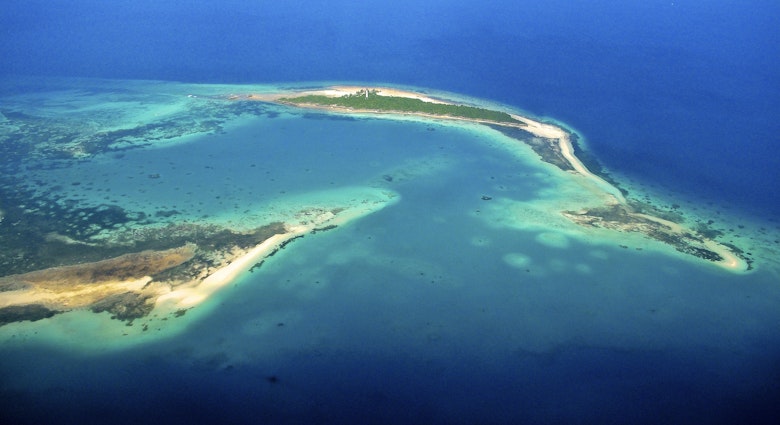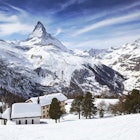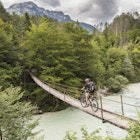Take a trip in high season and you might have to contend with eye-watering prices and suffocating crowds – and while low season might bag you a bargain, poor weather and closed attractions could derail the best of plans.
The budget travel sweet spot? Shoulder season. Prices have fallen, but there’s still great weather, most restaurants and attractions remain open and the bulk of the holidaymakers have moved on. So don’t settle for less; with these shoulder season hotspots you get the crème de la crème of travel destinations without the compromise.
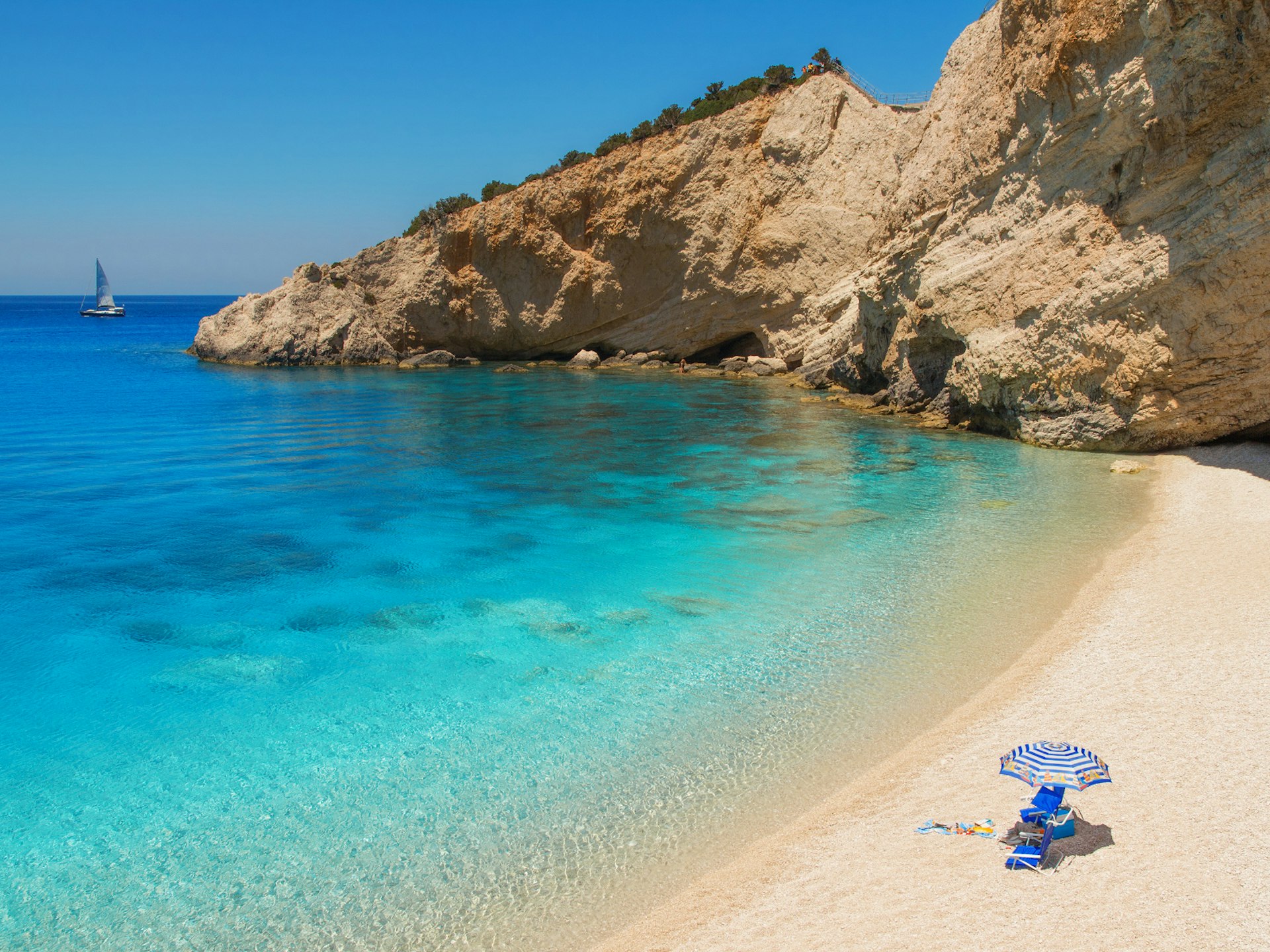
…for beach lovers
The first rule of booking a budget beach break? School holidays are a no-no: costs can be painful as travel providers across the board cash in on families’ limited time off.
During the Mediterranean’s June to August peak season, jacked-up prices come with sweltering temperatures and swarming beaches. Wait until October and hotel rates have dropped significantly, but you’ll still find plenty of sun in Greece, Turkey and even southern Spain and Italy before the beach resorts close down for the winter season.
Over in the Caribbean, the main tourist season gets going in December and continues through to April, coinciding with various school holidays around the world. This leaves a perfect window in May and June to snag a deal, with room prices falling by as much as a third after the crowds have left. Sure, you might have to contend with the odd downpour, but you’re not yet into hurricane season and there’ll be much more space on the beach.
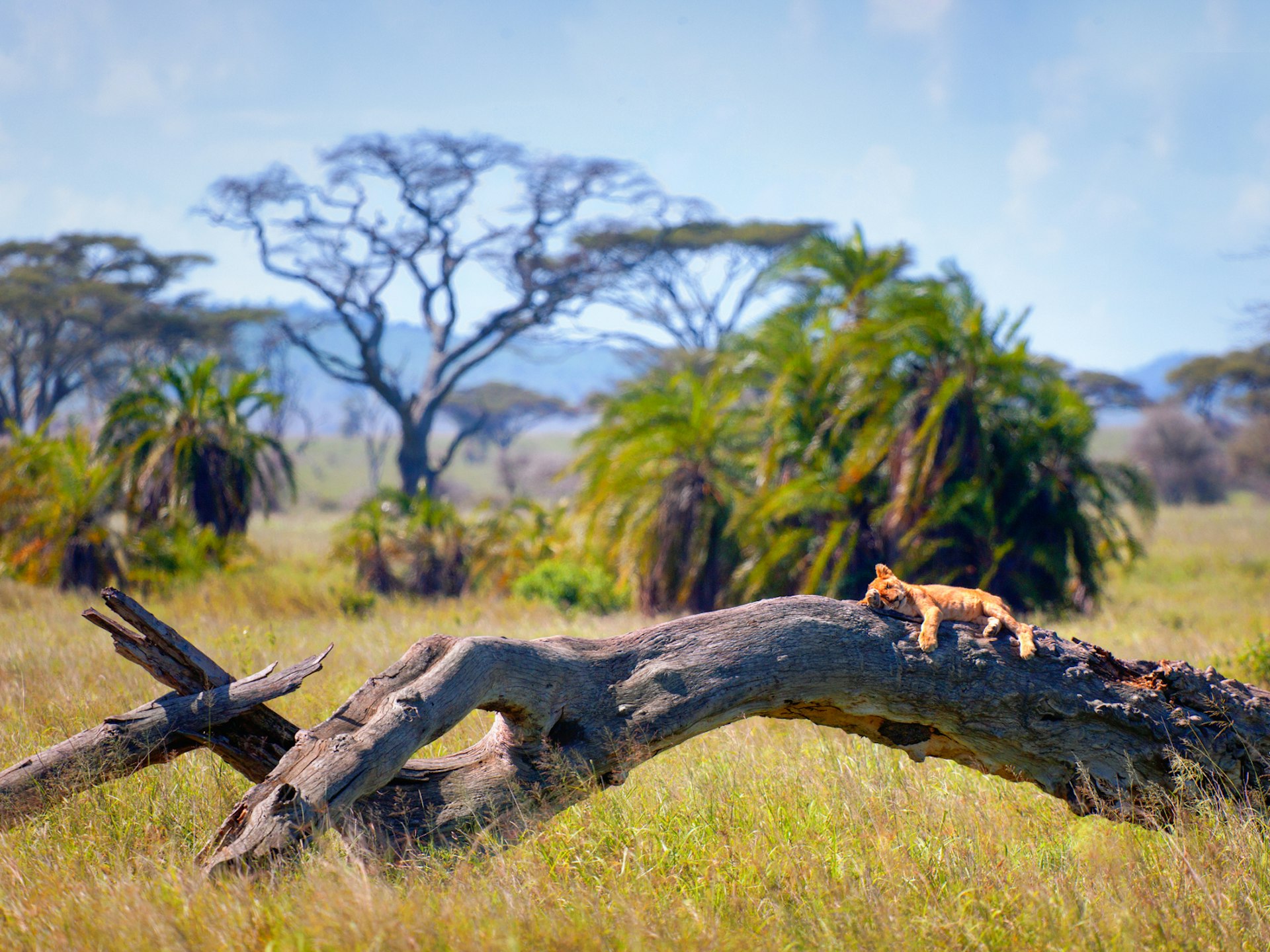
…for wildlife watching
Most visitors heading out on a Kenyan safari choose the June to September dry season, but as the crowds start to go down in November, so do the prices for both trips and accommodation. The best news? You’ll still be able to spot lions and elephants aplenty, and it’s one of the best times of year for birding. Yes, it’s the start of the wet season, but rains are confined to short showers in the afternoon and the scenery is lush and green. If you’re lucky, you may still catch the end of the great migration.
South Africa’s shoulder season (September to October) is fantastic for safaris. The temperatures are mild, but not as cold as the dry low season (May to August), and afternoon rainstorms have little impact on wildlife viewing. What’s more, you’ll miss the crazy rush of the of South African school holidays – in popular tourist areas, accommodation can go for up to 50 percent less outside of the December to March high season.
Fewer crowds in Costa Rica’s shoulder season (May to July) mean increased hotel availability and low season discounts on both beds and tours. The rainy season has only just kicked in and days are mostly sunny, with occasional heavy, but short-lived, downpours. If you don’t mind getting a little wet, you can get up-close to plenty of critters at Costa Rica’s big-hitting natural attractions, such as Manuel Antonio National Park. The tail end of rainy season in November brings with it similar bargains, plus the added bonus of tons of migratory birds.
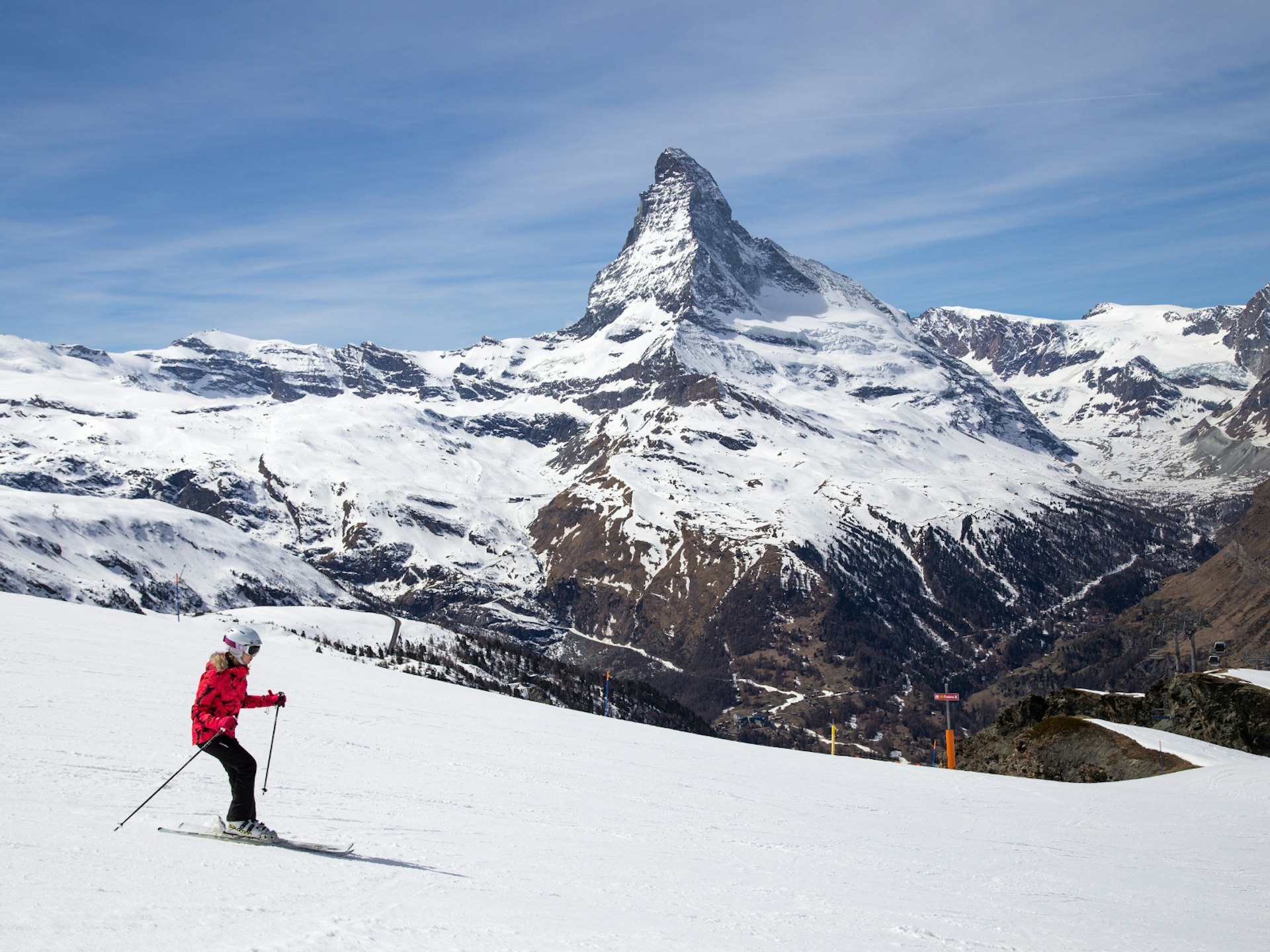
…for winter sports
As long as you don't ski over the Easter break, spring in the northern hemisphere is a top time for penny-pinchers to hit the slopes. There are fewer skiers, meaning shorter lift queues and lower prices on lift passes, ski hire and accommodation. That’s not to mention longer daylight hours, bright blue skies and après-ski tanning sessions.
By spring most folks in Zermatt, Switzerland, have hung up their boots and headed back home, so you’ll have more of the mountain to yourself. Chalets and apartment rentals slash their prices, and even some of the fancier hotels offer significant discounts on their pricey peak rates.
You can still ski in Whistler, Canada, as late as May. The bulk of the action takes place on the resort’s glaciers, where a huge area of terrain remains open long into the year. At this time you’ll find deals on hotels and cabin rentals, restaurants and even the all-important ski and snowboard hire.
Tignes opens for a good couple of months longer than most other French ski towns, with some 100km of accessible pistes if there’s been good snowfall that year. Not only will you be able to get your winter thrills at a cut price, when the sun’s shining you can zip down the slopes in a T-shirt.
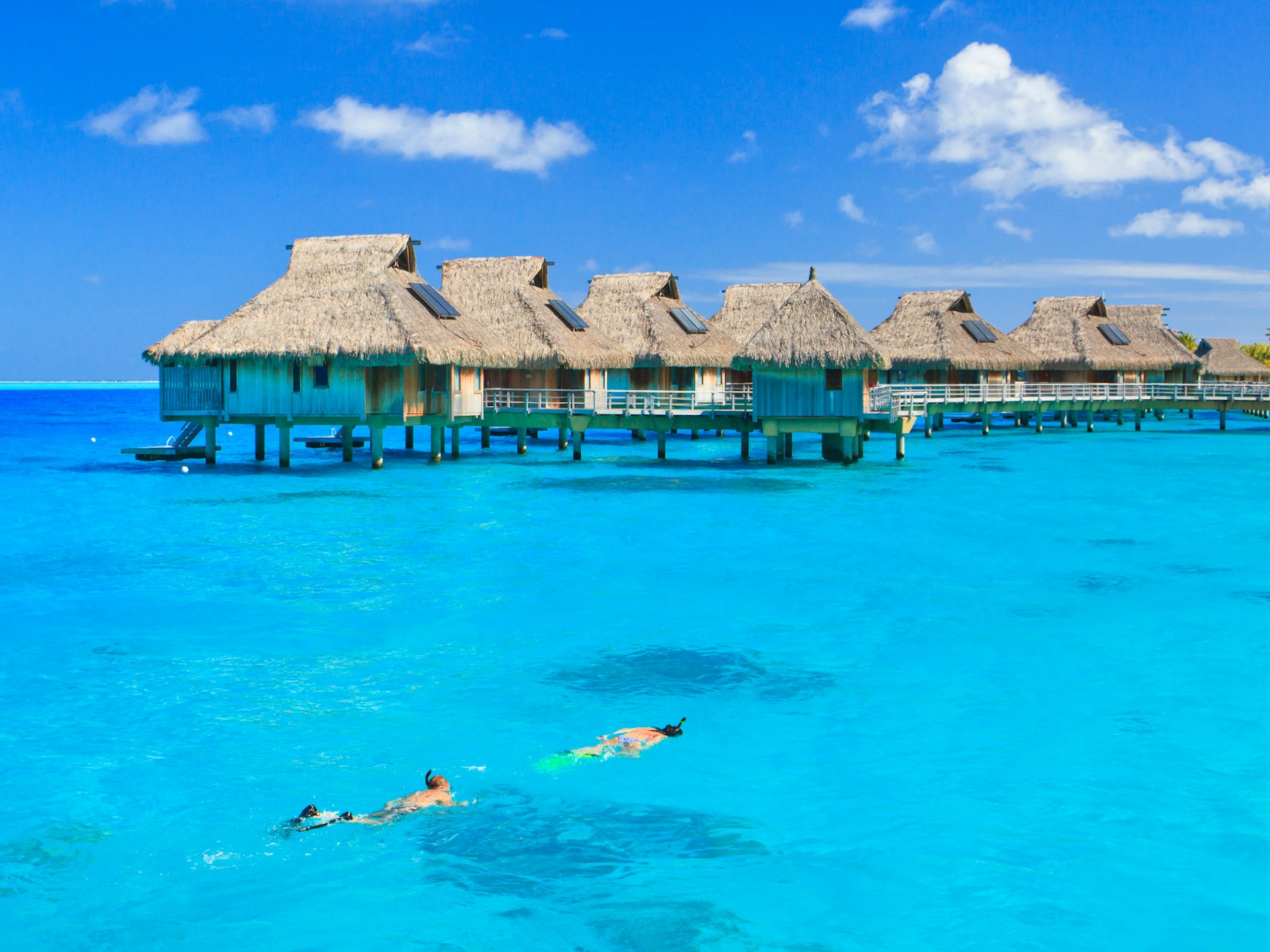
…for underwater pursuits
The South Pacific may not be the first region that comes to mind when thinking about a budget scuba diving and snorkeling adventure. But time it right and you can get super deals not only on accommodation, but also on the underwater activities that draw so many visitors to the islands in the first place.
Around October and November, nestled between the low and high seasons, is a great time to visit. The water in French Polynesia and Fiji is mirror-clear at this time of year – perfect for diving and snorkeling. What’s more, fewer visitors means better value rooms and trips. But bear in mind the water is cooler than in high season, and it can get windy.

…for city breaks
Must-see cities and high season are seldom a good mix. While food and attractions are a similar price year-round, hotel prices can be almost double while the crowds are in town. And who wants to spend hours queuing to watch a gazillion people take selfies in front of the Mona Lisa?
Barcelona, Rome and other popular European capitals may not be crowd free in the April to May shoulder season, but it’s a damn sight better than summer when the queues are longer, the streets are rammed, and everything is more expensive – even your ticket to get there. Come in the shoulder season and, while it won’t exactly be empty, you’ll get a little respite from the crowds and the sky-high prices; and you’ll still be able to sample the joys of outdoor cafe culture.
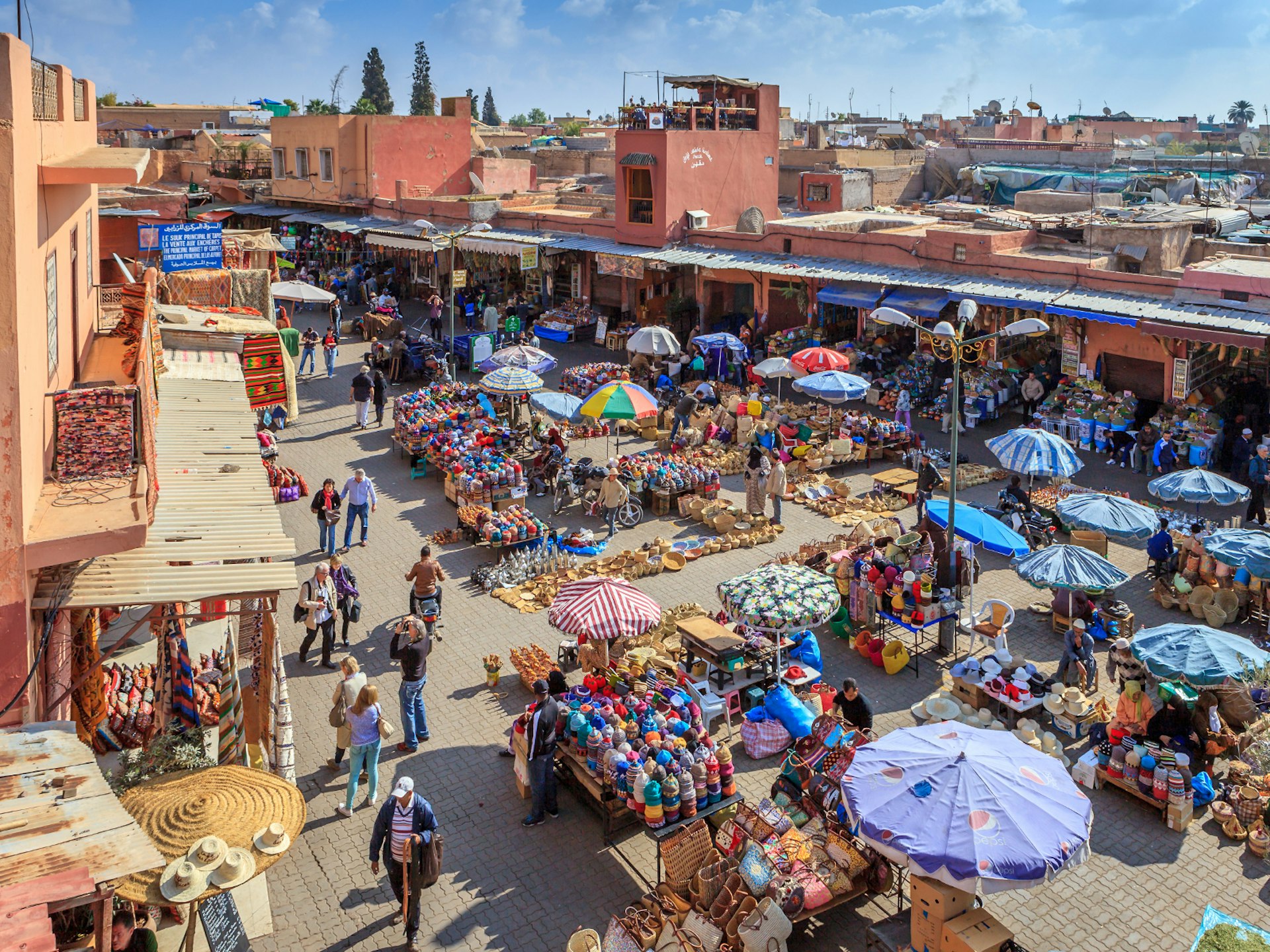
Spring sees visitors flock to cities across Japan, but as the high season tips into the May shoulder season, Kyoto’s draws come into full bloom. Peak hotel rates have come down after the famous sakura (cherry blossom) celebrations, but the humidity and accompanying summer crowds have yet to arrive. While you’ll miss out on the blossoms, myriad other plants are in bloom, the trees are green and the weather is reliably warm.
Temperatures in Marrakesh are punishing in the summer, as are the crowds and the attendant high prices. Try to travel in the October/November shoulder season instead, where you’ll find manageable temperatures, budget-friendly riads and the famous souks and market squares won’t be swarmed by fellow travellers.
http://shop.lonelyplanet.com/world/where-to-go-when-1/

